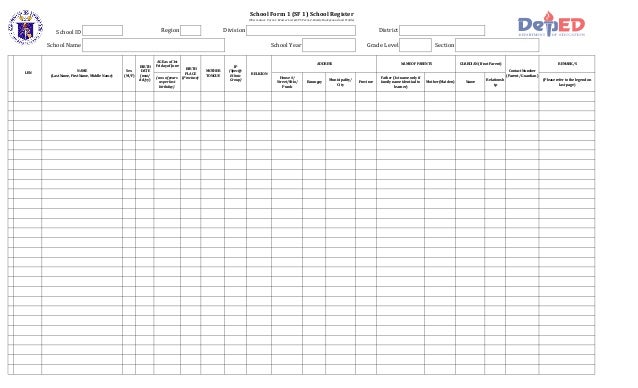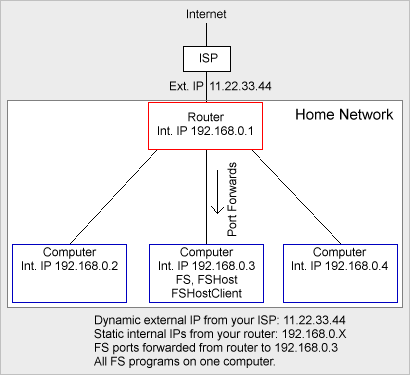

Intel 80386: one doubleword (32 bit) accumulator named EAX (low order word uses the same names as the accumulator on the Intel 806 and low order and high order bytes of the low order words of four of the registers use the same names as the accumulator on the Intel 806 ).Intel 8086/80286: one word (16 bit) accumulator named AX (high order byte of the AX register is named AH and low order byte of the AX register is named AL).Accumulators reappeared in the first microprocessors. Accumulators were replaced with data registers and general purpose registers. Many times there were related special purpose registers that contained the source data for an accumulator. The first computers typically only had one accumulator.


accumulatorsĪccumulators are registers that can be used for arithmetic, logical, shift, rotate, or other similar operations. Often some or all of the internal flags are combined into a flag or status register. Many computers have additional control registers for implementing various control capabilities. Every digital computer using a von Neumann architecture has a register (called the program counter) that points to the next executable instruction. Some computers have general purpose registers that can be used for both data and address operations. Computers soon had multiple data registers, address registers, and sometimes other special purpose registers. Some early computers had one or two address registers that pointed to a memory location for memory accesses (a pair of address registers typically would act as source and destination pointers for memory operations). Often there would be additional special purpose registers set aside either for temporary fast internal storage or assigned to logic circuits to implement certain instructions. Most early computers had only one data register that could be used for arithmetic and logic instructions. Registers are fast memory, almost always connected to circuitry that allows various arithmetic, logical, control, and other manipulations, as well as possibly setting internal flags.
REGISTER DATA FOR FSNAVIGATOR 4 FREE
free computer programming text book project Specific examples of registers from various processors are used to illustrate the general nature of assembly language. This ensures that all scenery files can be read, and increases the speed of database creation.This web page examines the use of registers in assembly language. While FSNavDBC is running, Flt.Sim must not be active. Changes and additions are recognised by FSNavDBC by the names and paths of scenery (.BGL) files, the size of the scenery files and the date and time of their creation.
REGISTER DATA FOR FSNAVIGATOR 4 INSTALL
When you install additional scenery or make changes in existing scenery, this will go much faster, as only the actual changes have to be made. Creating the scenery database for the first time will take several minutes. With FSNavDBC.exe for FS2000/FS2002/FS2004 you can also bring new scenery into the Flight Simul ator, or change parameters of scenery already present. After each addition to or modification of the Flt.Sim scenery files the FSNavDBC program must be re-run to add or modify data in the database. The external program FSNavDBC.exe reads these data from the Flt.Sim scenery files and copies it into a separate database. FSNavigator uses all information about Runways, VOR's, NDB's, etc.


 0 kommentar(er)
0 kommentar(er)
